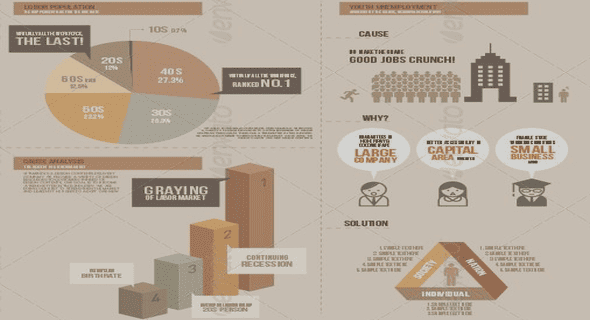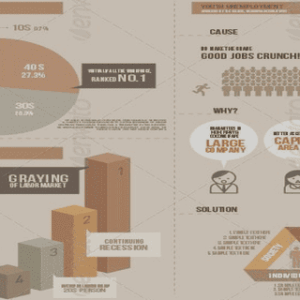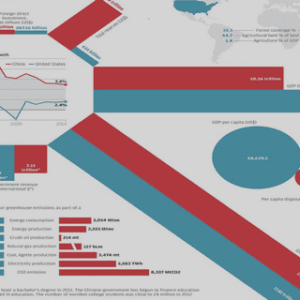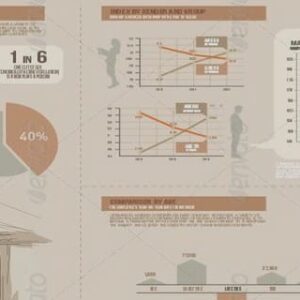(Downloads - 0)
For more info about our services contact : help@bestpfe.com
Table of contents
I Optimal centralization and tax base mobility
1 Introduction
2 Related literature
3 Local and central policies
3.1 Model set-up
3.2 Equilibrium levels of public goods
3.3 Capital allocation
4 Optimal centralization
4.1 Impact of centralization on public good provision
4.2 Evaluation of centralization efficiency
4.3 Does base erosion favor centralization? Does heterogeneity?
4.4 The optimal degree of centralization
5 Conclusion
6 Appendix
II Tax competition and club formation
2 Model set-up
3 Tax equilibrium
3.1 No cooperation
3.2 Partial cooperation
3.3 Full cooperation
4 Club formation
4.1 How does the tax equilibrium evolve with m?
4.2 When does a club emerge? Can full cooperation be reached?
4.3 Illustration and robustness checks
5 Conclusion
6 Appendix
III Unemployment insurance union
1 Introduction
2 Literature review
3 Model
3.1 Labor markets
3.2 Households
3.3 Firms
3.4 Nash bargaining
3.5 Monetary policy
3.6 National governments
3.7 Goods and financial trade
4 Design of the European unemployment insurance
4.1 European benefits and taxes
4.2 EUI scenarios
5 Calibration
5.1 Euro area calibration
5.2 Model steady-state and second moments
6 Results
6.1 Impulse response functions : baseline
6.2 Impulse response functions : EUI
7 Conclusion
8 Appendix
IV Euro area unemployment insurance and the ZLB
1 Introduction
2 Related literature
3 Model
3.1 Labor markets
3.2 Households
3.3 Firms
3.4 Wage
3.5 Governments
3.6 Market clearing
4 Calibration
4.1 Euro area calibration
4.2 Second moments of the model
5 Simulations
5.1 Assessing the benefits of the EUBS at the zero lower bound
5.2 Extension: periphery government cut from financial markets
6 Conclusion
7 Appendix



